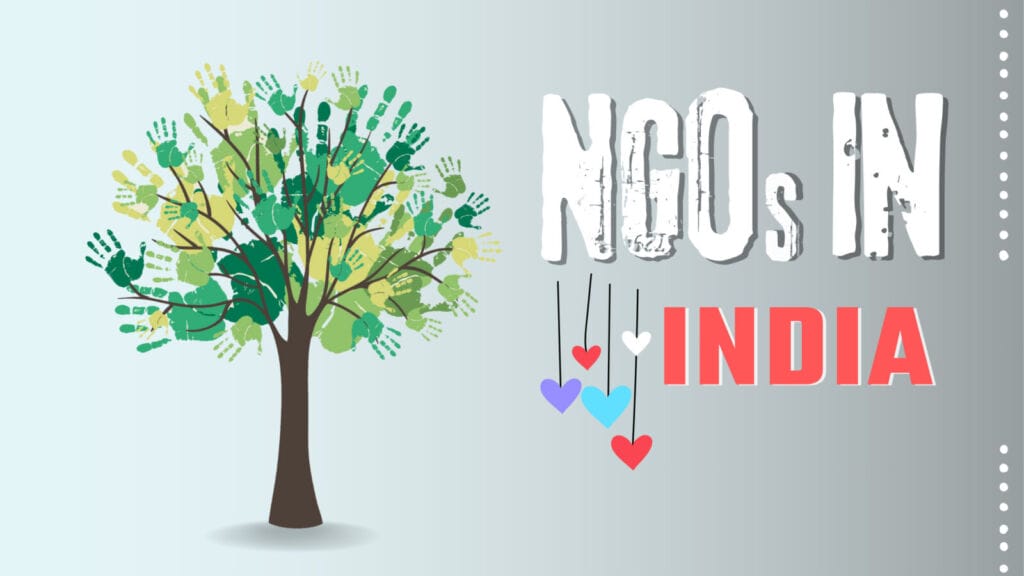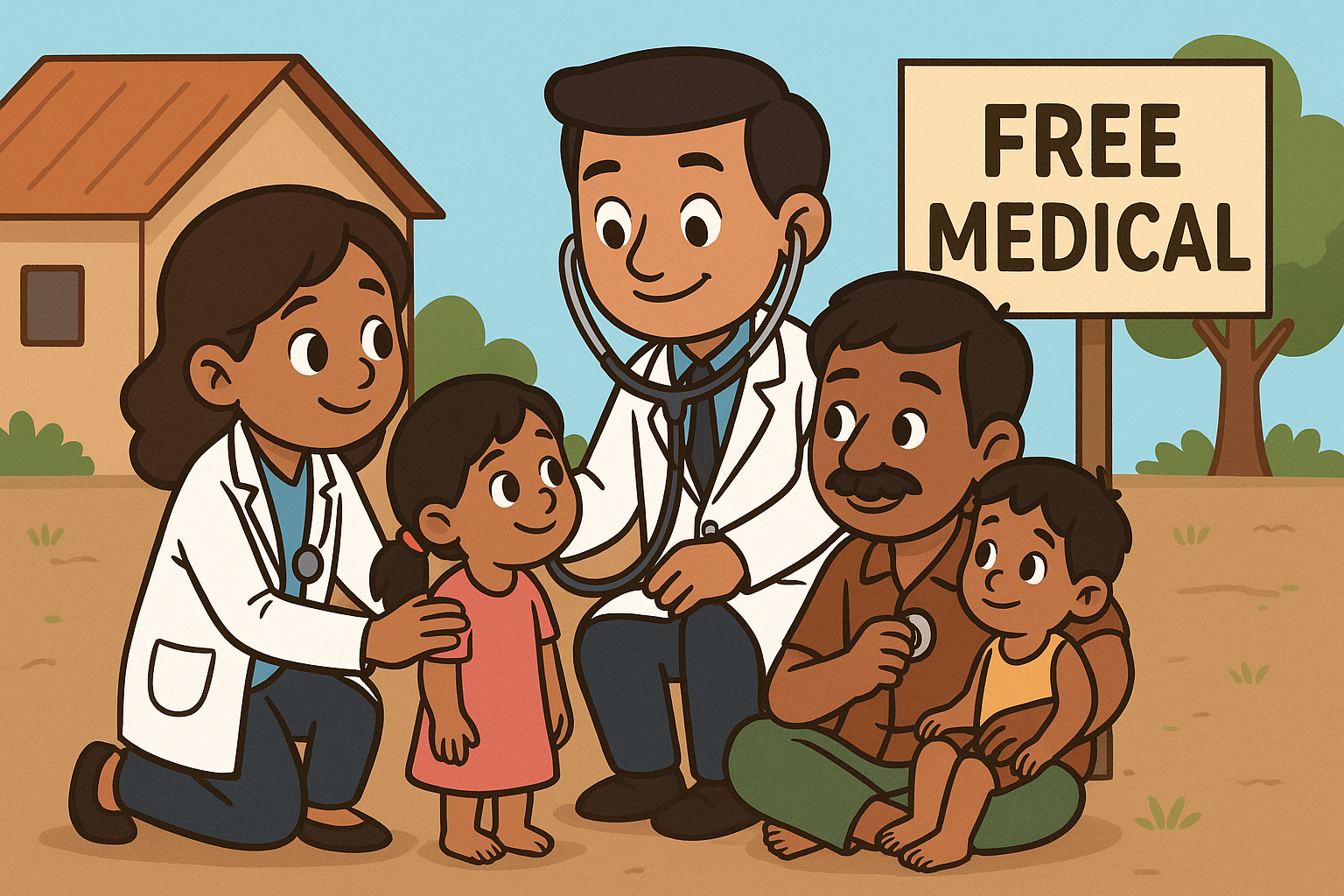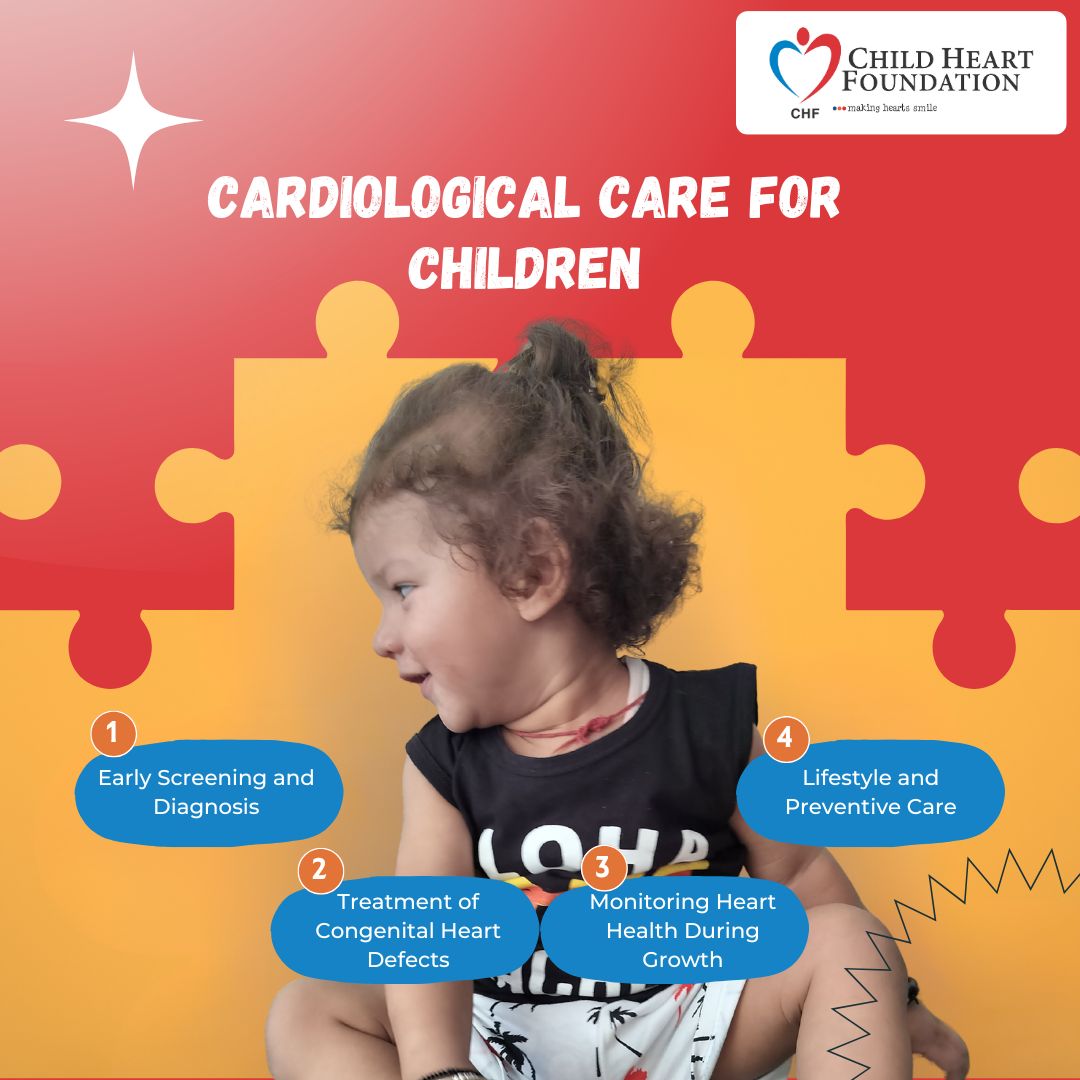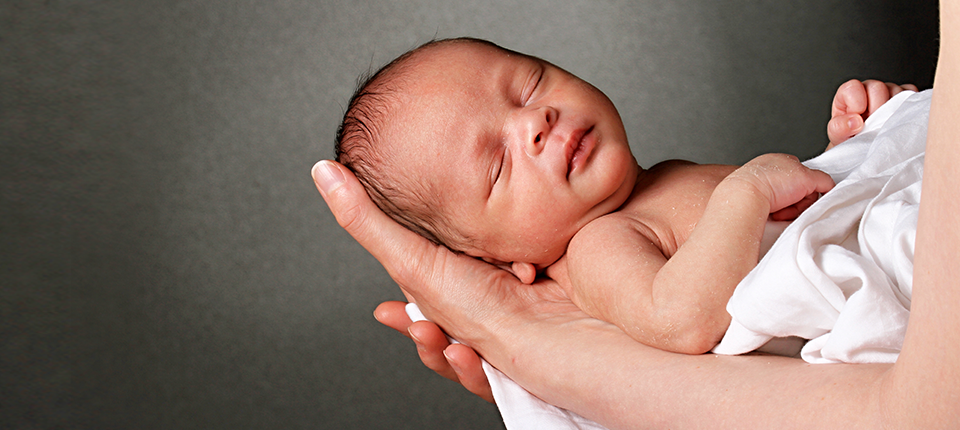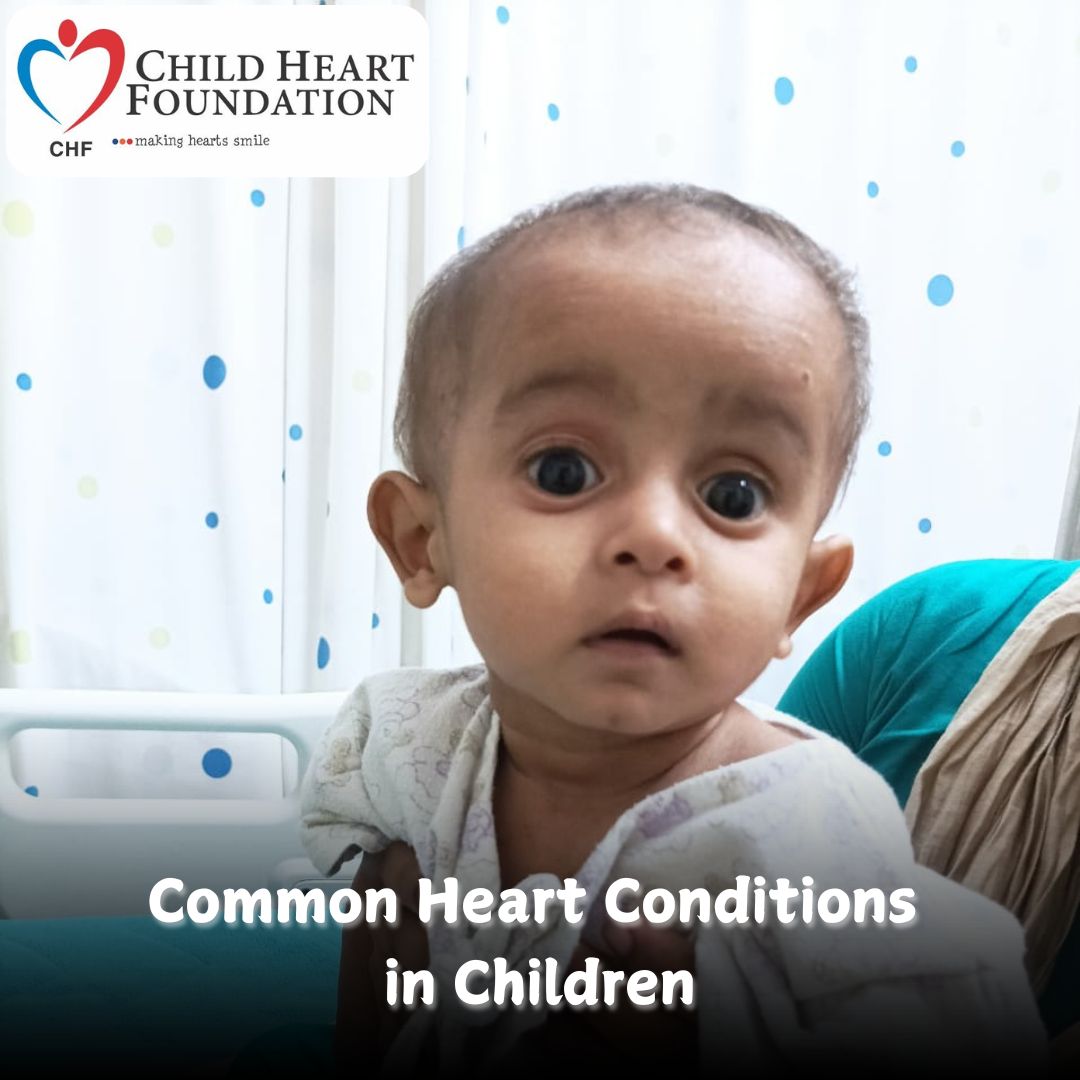
20 Jan 2025
Common heart conditions in children
Heart conditions in children are medical disorders that affect the structure or function of the heart. These conditions can range from congenital heart defects (CHDs), present at birth, to acquired heart diseases that develop after birth due to infections, inflammation, or other causes. While some heart conditions are mild and resolve without significant intervention, others may require lifelong management, specialized treatments, or surgical correction.
Types of Heart Conditions
1. Congenital Heart Defects (CHDs)
CHDs are the most common type of heart problem in children, occurring in about 1% of live births.
Types of CHDs
Cyanotic Defects (cause oxygen-poor blood to circulate):
Tetralogy of Fallot (TOF): Leads to cyanosis (bluish skin) due to insufficient oxygenated blood reaching the body.
Transposition of the Great Arteries (TGA): The aorta and pulmonary artery are swapped, resulting in severe oxygenation issues.
Truncus Arteriosus: A single large blood vessel instead of two separate vessels to the lungs and body.
Acyanotic Defects (do not cause significant cyanosis initially):
Atrial Septal Defect (ASD): May lead to right heart enlargement over time if untreated.
Ventricular Septal Defect (VSD): Can cause heart failure or pulmonary hypertension if the hole is large.
Patent Ductus Arteriosus (PDA): Can lead to heart strain and increased blood flow to the lungs.
Coarctation of the Aorta: Causes high blood pressure before the narrowing and poor blood flow after it.
Pulmonary or Aortic Valve Stenosis: Narrowing of valves that obstructs blood flow.
Causes
Genetic factors (e.g., Down syndrome, Turner syndrome).
Maternal infections during pregnancy (e.g., rubella).
Environmental factors (e.g., exposure to alcohol, certain medications, or smoking during pregnancy).
Symptoms
Difficulty breathing or fast breathing.
Poor feeding or slow weight gain.
Fatigue or difficulty keeping up with physical activities.
Heart murmurs (abnormal heart sounds).
Swelling in the legs, abdomen, or around the eyes (edema).
Treatment
Medications: Diuretics, ACE inhibitors, or beta-blockers to manage symptoms.
Catheterization Procedures: Minimally invasive techniques to repair defects.
Surgery: Open-heart surgery may be required for complex defects.
Heart Transplant: In rare, severe cases.
2. Acquired Heart Conditions
These develop after birth, often due to infections or systemic diseases.
Rheumatic Heart Disease
Caused by rheumatic fever (a complication of untreated Group A streptococcal infections).
Damages heart valves, leading to valve stenosis or regurgitation.
Symptoms: Fever, joint pain, heart murmur, and fatigue.
Treatment: Antibiotics, anti-inflammatory medications, and sometimes valve repair or replacement.
Kawasaki Disease
Affects children under 5 years, causing inflammation of blood vessels.
Complications: Coronary artery aneurysms.
Symptoms: High fever, rash, swollen lymph nodes, red eyes, and cracked lips.
Treatment: High-dose aspirin and intravenous immunoglobulin (IVIG).
Myocarditis
Inflammation of the heart muscle, often viral in origin.
Symptoms: Chest pain, fatigue, rapid breathing, or fainting.
Treatment: Supportive care, antiviral drugs, or immunosuppressive therapy if severe.
Endocarditis
Infection of the heart valves or lining.
More common in children with existing heart defects.
Symptoms: Fever, fatigue, weight loss, and heart murmur.
Treatment: Prolonged antibiotics or surgery if necessary.
3. Arrhythmias (Irregular Heartbeats)
Abnormal heart rhythms may be present in some children.
Types of Arrhythmias:
Supraventricular Tachycardia (SVT): Fast heartbeat that starts in the upper chambers.
Bradycardia: Unusually slow heart rate.
Long QT Syndrome: A genetic condition affecting heart rhythm.
Symptoms:
Palpitations.
Dizziness or fainting.
Fatigue.
Treatment:
Medications to regulate heart rate.
Ablation procedures or pacemaker implantation.
4. Cardiomyopathies
These are diseases of the heart muscle, leading to heart dysfunction.
Dilated Cardiomyopathy: Enlarged and weakened heart chambers.
Hypertrophic Cardiomyopathy: Thickened heart muscle, often genetic.
Restrictive Cardiomyopathy: Stiff heart muscle restricting filling.
Symptoms:
Fatigue, breathlessness, fainting, or swelling.
Treatment:
Medications, lifestyle changes, or in severe cases, heart transplantation.
Diagnostic Methods
Physical Examination:
Listening for heart murmurs or abnormal sounds.
Echocardiography (ECHO):
Uses ultrasound to visualize heart structures and blood flow.
Electrocardiogram (ECG):
Measures electrical activity of the heart.
Chest X-ray:
Checks for heart enlargement or fluid buildup in the lungs.
Cardiac MRI:
Provides detailed images of heart anatomy.
Cardiac Catheterization:
Evaluates blood flow and pressure inside the heart.
Prognosis and Follow-up
Many children with heart conditions live healthy lives with proper treatment and monitoring. Regular follow-ups with a pediatric cardiologist are crucial to manage complications and adjust treatments as the child grows.
Stay Connected
Stay connected for updates, insights, and exciting news delivered directly to you.
Recent Post
-
May 21, 2025
-
Mar 12, 2025
